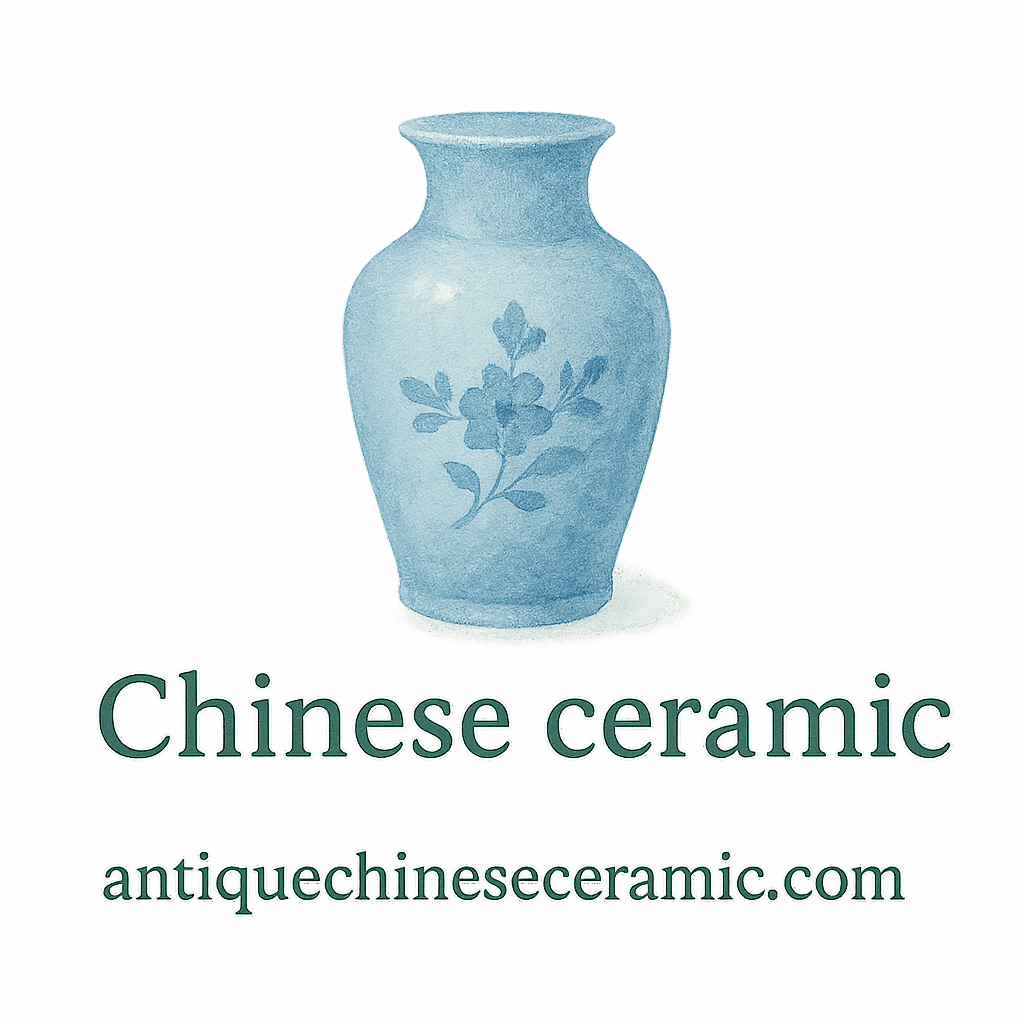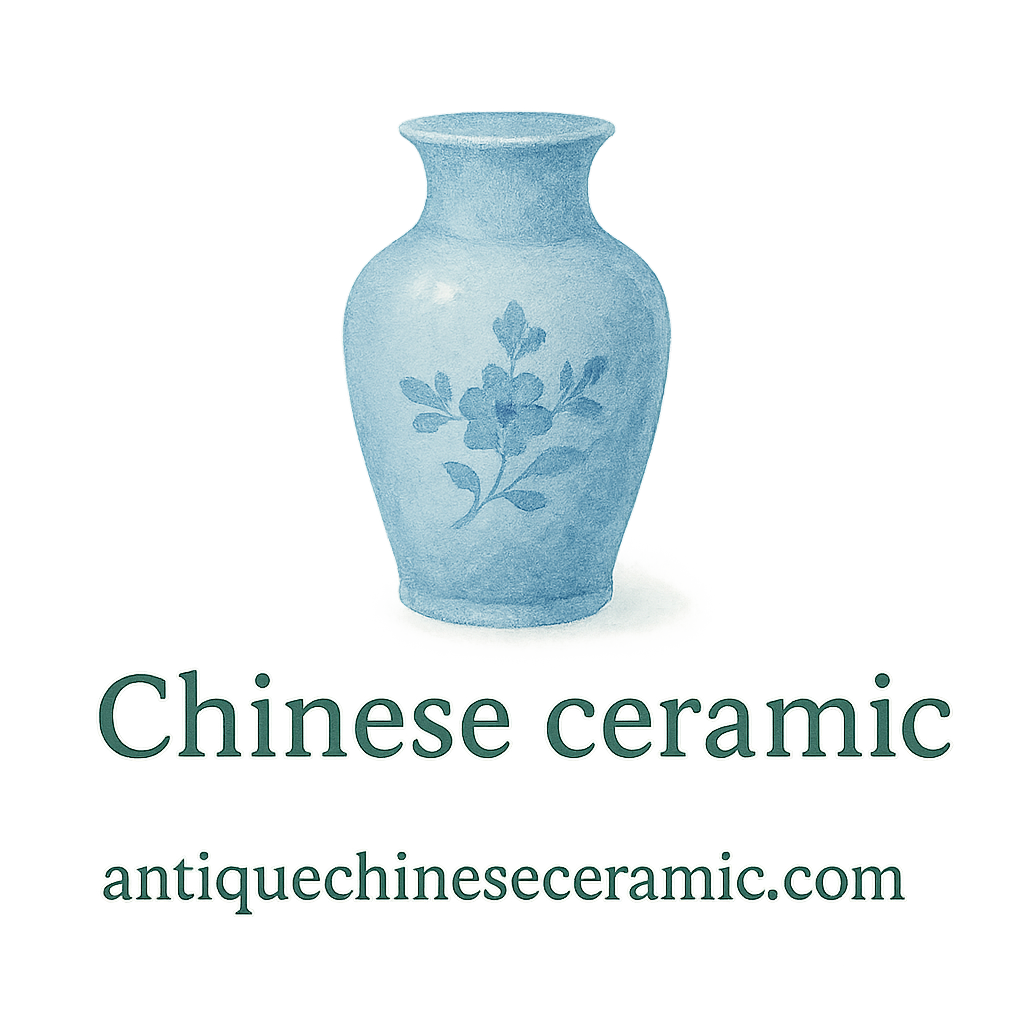Introduction to Antique Ceramics
Let’s be honest—antique Chinese ceramics aren’t just old dishes sitting in a cabinet. They’re time machines, each telling stories from dynasties that helped shape one of the oldest civilizations in the world. Whether you’re new to collecting or already have a few prized pieces, understanding the historical periods of antique ceramics will take your collection (and appreciation) to the next level.
This article will walk you through 8 key historical periods every antique ceramic collector should know, all while helping you identify pieces, understand their value, and preserve them properly. Let’s dig in.
Want to dive deeper into ceramic preservation? Visit our full guide on Care & Preservation.
Why Historical Periods Matter in Antique Ceramic Collecting
Think of history as the ceramic’s DNA—each era brings its unique style, materials, and purpose. By knowing what defines a piece from, say, the Tang Dynasty versus the Song, you’ll avoid misidentifications, overpriced deals, and you’ll impress even seasoned collectors.
Also, valuing the timeline helps connect your collection to authentic cultural heritage, and understanding this history makes each ceramic more than just an object—it becomes part of a living story.
1. Shang Dynasty (1600–1046 BCE)
Early Bronze and Ceramic Techniques
The Shang Dynasty laid the foundation for Chinese art. Most people know them for bronze, but ceramic techniques were also blooming.
Shang-era ceramics were mainly utilitarian, made for food and ritual use. These early forms were simple but crucial to the ceramic evolution.
Notable Characteristics of Shang Ceramics
- Gray or brown clay
- Primitive shapes
- Incised or stamped decoration
These aren’t easy to find in auctions today, but if you ever come across one, treat it like gold—and always verify authenticity through expert appraisal services.
2. Han Dynasty (206 BCE – 220 CE)
Expansion of Ceramic Production
With the Han came mass production and innovation. Kilns across China produced low-fired earthenware and glazed pottery.
Tomb ceramics were especially popular—figurines, horses, and miniature houses were common.
How to Identify Han-Era Pieces
- Often green-glazed (called lead-glazed wares)
- Found in burial sites
- Figurative and symbolic
Their spiritual significance makes them popular among collectors. Want more help with identification? Explore our complete guide.
3. Tang Dynasty (618–907 CE)
Colorful Glazes and Trade Influence
If the Han brought mass production, the Tang Dynasty brought flair. Tang ceramics reflect the openness of the Silk Road. You’ll see vibrant sancai (three-color) glazes and cosmopolitan designs.
Tang Ceramics in the Modern Market
- Bold green, amber, and cream glazes
- Foreign influences (camels, musicians)
- Often seen in auction catalogs
Collectors love these for their drama and history. Tang pieces are timeless.

4. Song Dynasty (960–1279 CE)
Refined Aesthetic and Simplicity
The Song era is known for elegant, minimalist beauty. Ceramics were about balance, shape, and subtle glaze—not flashy colors.
This dynasty emphasized art over status, so pieces were collected by scholars, not just nobles.
Recognizing Song Dynasty Ceramics
- Soft glazes like celadon and Ding ware
- Thin, refined forms
- Focus on natural symmetry
The Song period is a favorite among purists. If you’re new to collecting, read more about collecting techniques to spot a true Song piece.
5. Yuan Dynasty (1271–1368 CE)
Birth of Blue and White Porcelain
Here’s where things get iconic. The Yuan Dynasty saw the birth of blue and white porcelain using imported cobalt blue pigment. This would become China’s most famous ceramic style.
Yuan Ceramics in Modern Collections
- Bold cobalt designs on white body
- Larger vases and plates
- Often marked by dragons and floral motifs
Yuan pieces are coveted today and often used as reference points in ceramic appraisal.
6. Ming Dynasty (1368–1644 CE)
Artistic Heights and Imperial Kilns
Ming ceramics were the Ferraris of their time. With state-sponsored kilns in Jingdezhen, the quality soared. These pieces are now household names, even outside collector circles.
Tips for Collecting Ming Ceramics
- Look for reign marks
- Common patterns: dragons, lotuses, imperial insignias
- Very smooth glaze and perfect symmetry
Visit our valuation page to find what a Ming piece could be worth today.
7. Qing Dynasty (1644–1912 CE)
Technological Perfection and Variety
Qing porcelain was next-level in both technique and decoration. Famille rose, famille verte, and even mirror-black glazes emerged.
Distinguishing Qing Period Pieces
- Famille rose: pinkish hues
- Reign marks are common (especially Kangxi, Yongzheng, Qianlong)
- Extremely fine brushwork
Qing ceramics are often featured in major ceramic collecting exhibits.
8. Republic Period (1912–1949)
Transition from Imperial to Commercial
Post-Qing, China entered the Republic era, and ceramic production adapted to modern demands while still keeping traditional influences.
Importance of Republic Period in Collecting
- Some handmade, some factory-made
- Look for signature marks by known artists
- Often overlooked, but rising in value
Want to explore more antique Republic-period pieces? Don’t skip our timeline of Chinese ceramic history.
How to Authenticate Pieces from These Periods
Signs of Age and Authenticity
- Kiln marks
- Craquelure in the glaze
- Weight and balance
Fake ceramics abound, so never skip a professional appraisal.
Resources and Experts to Consult
- Use our history page as a timeline reference
- Refer to our valuation resources
- Join online forums and reputable auction houses
Tips for Beginners in Antique Ceramic Collecting
- Start with known periods like Qing and Ming
- Learn basic care and preservation tips
- Store in controlled environments to avoid surface damage
- Explore pieces by quality and method of production
Final Thoughts: Honoring the Timeline of Chinese Ceramic History
Collecting antique ceramics isn’t just a hobby—it’s a journey through time. Each historical period offers a distinct voice, style, and contribution to one of the world’s most refined art forms.
So next time you see a piece in a shop, gallery, or even grandma’s cabinet, look a little deeper. It may be holding centuries of legacy right in its glaze.
Conclusion
The road from Shang to Republic-era ceramics is as beautiful as it is long. Each dynasty brought innovation, cultural shifts, and artistic revolutions that still influence collectors today. By recognizing these 8 essential historical periods, you not only grow as a collector—you become part of a tradition that honors art, heritage, and history.
Want more? Dive into the resources at Antique Chinese Ceramic and explore our topics on care, houses, and more.
FAQs
1. What is the most valuable Chinese ceramic period?
The Ming Dynasty is often the most valuable due to its imperial backing and pristine artistry.
2. How can I tell if a ceramic is truly antique?
Look for glaze wear, kiln marks, and consult a certified appraisal expert.
3. Are all blue and white ceramics from the Yuan Dynasty?
Not necessarily. Blue and white ceramics were born in the Yuan Dynasty but flourished in Ming and Qing periods.
4. What’s the safest way to store antique ceramics?
Controlled environments, away from sunlight and humidity. Check our storage guide.
5. Are Republic-period ceramics worth collecting?
Absolutely. Their value is increasing as more collectors recognize their artistic merit.
6. Can I clean antique ceramics at home?
Yes, but carefully. Visit our cleaning tag for safety tips.
7. What should beginners avoid when buying antique ceramics?
Avoid unverified sellers, and don’t skip your research on dynasties and timeline.


